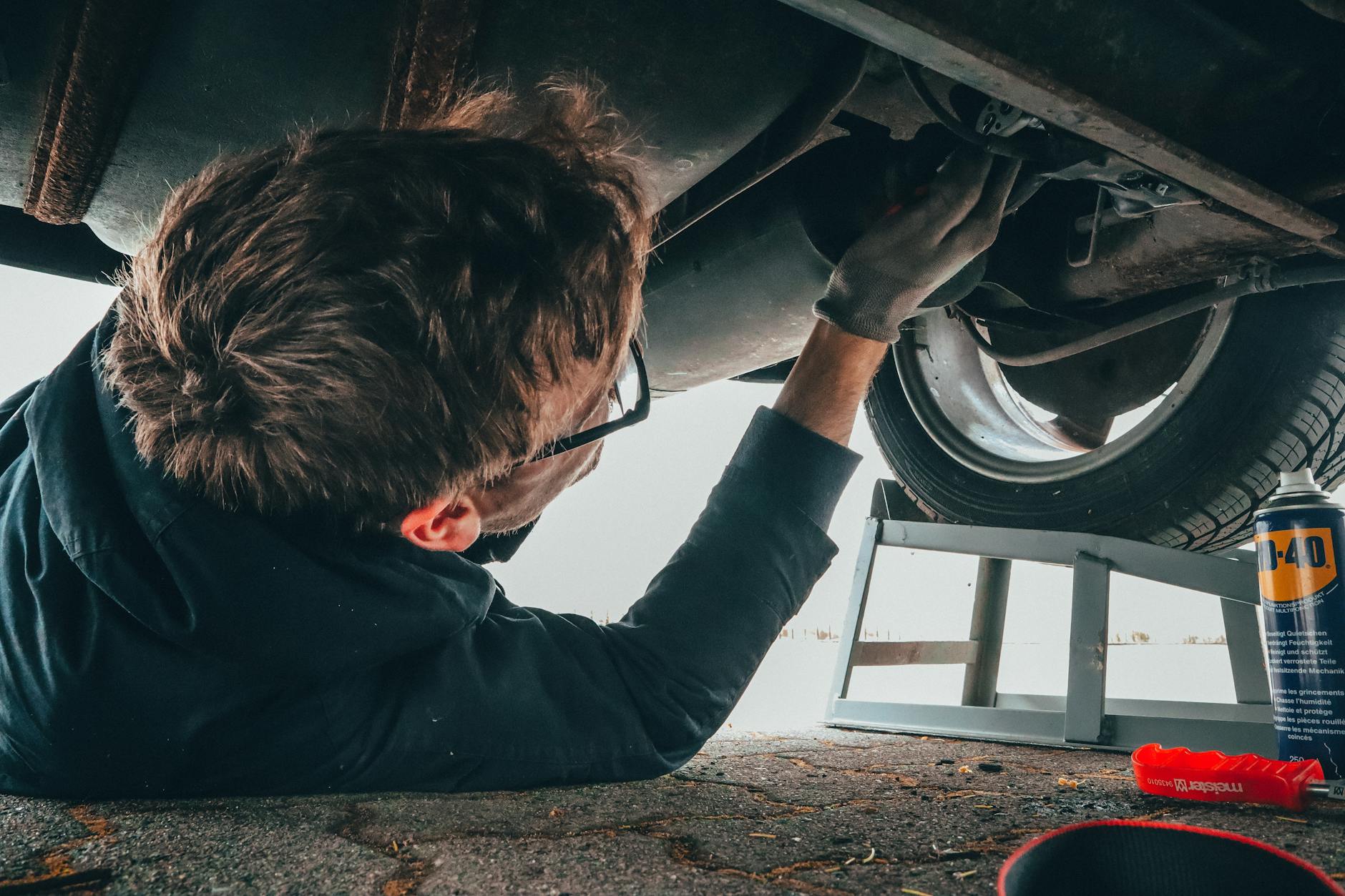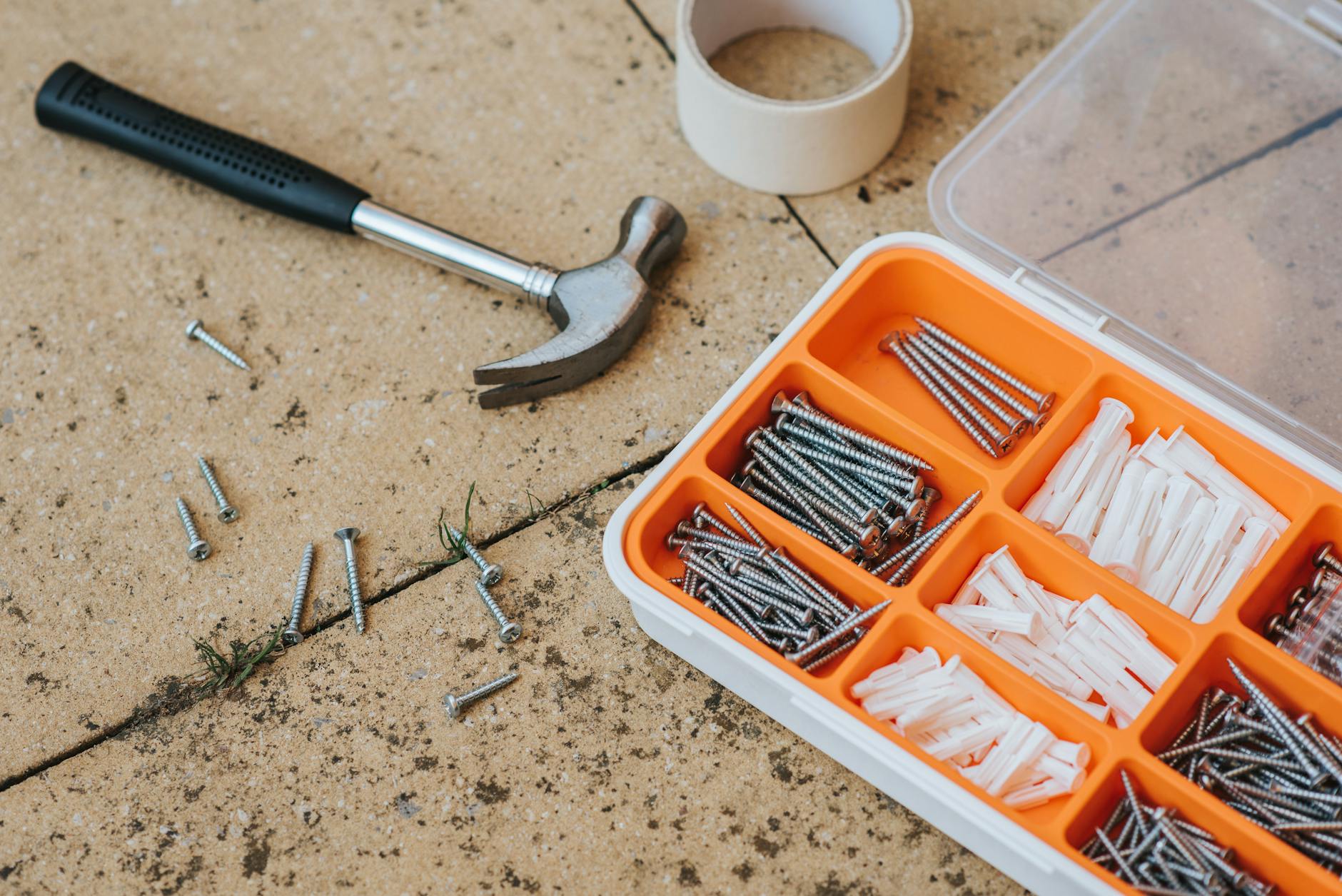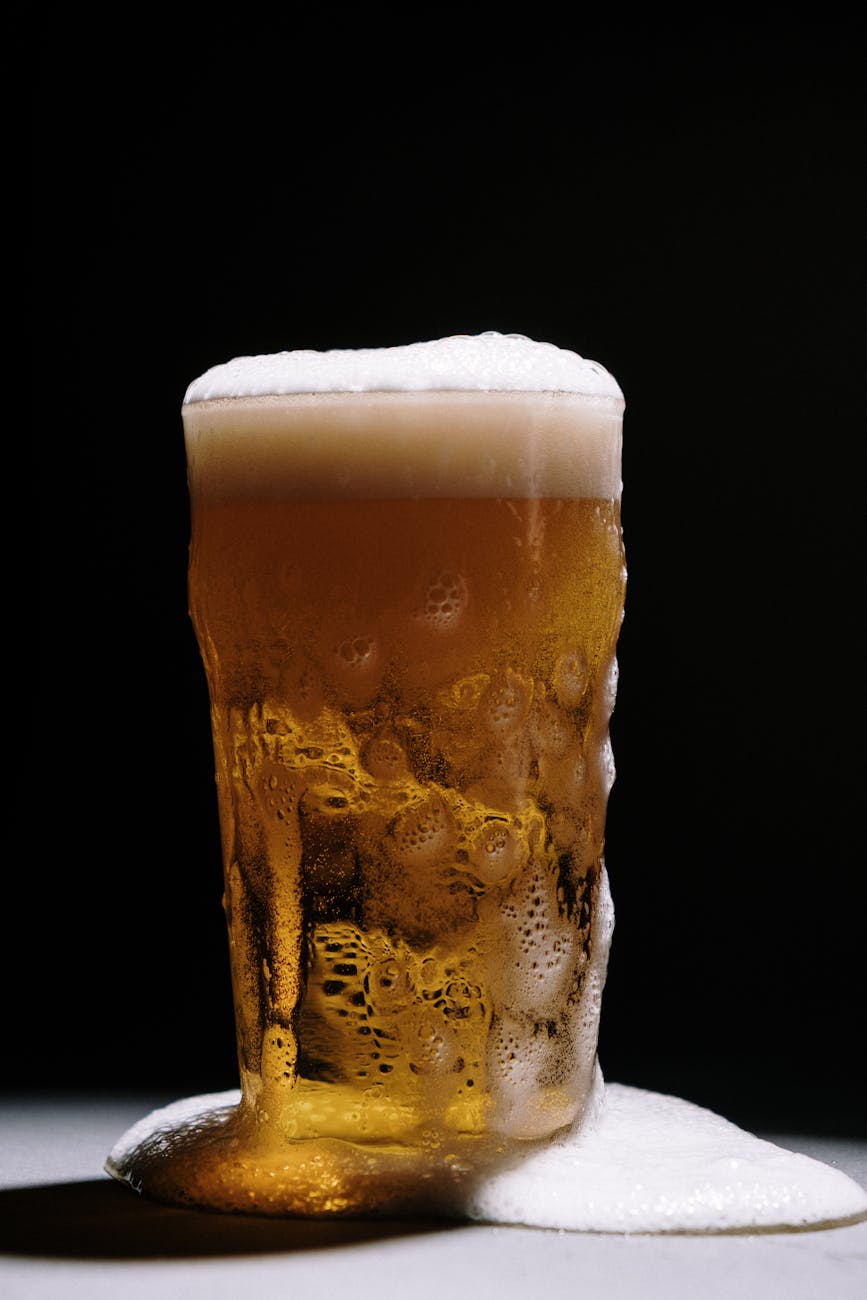Ok, so I’m starting to ride outside (yikes!) again, I literally have forgotten how to ride a bicycle outside and more importantly, when you are on a trainer, there are a zillion little things that you need to do to get ready for the outside.
Firmware updates galore
Well, the first and crazy thing, is that with modern technology, you have to update everything, so here are some notes on my setup:
- Garmin 520 Plus to iPhone with Garmin Connect. This is a small computer (I have a Garman 1030 as well, but I can’t find it after 18 months of indoor riding). I was really surprised to see how easy pairing which was terrible iPhone Garmin Connect Loses Sync with 520 Plus but it actually worked this time, so they seem to have fixed the problem. You just put the phone into pairing mode and in fact, you see the Garman come up. Oh and when you do this, it will update the firmware in the 520 Plus.
- Garmin IQ Connect. This is the set of downloadable, so you can get XERT and other applications. This is also done with the Garmin Connect application on the phone, but runs as a separate “marketplace” application. Also most of the applications are for watches and not the bicycle computer, so it’s confusing to figure out which ones are compatible. And, yes it’s confusing to have Connect and then have IQ Connect as a separate application.
- Enable Strava Routes and ride sharing to TrainingPeaks, Strage, Mywellness Cloud, AllTrails. You do this by going to the Garmin Connect website (and not the mobile application) and Yu enable Starve iteration there and then go to the Connect mobile applications and enable Settings > Connected Apps > Strava > Enable Course permission. The website is where server side integration lives, so you can sync things like TrainerRoad or TrainingPeaks, It is also where you can sync the rids you take to other applications. Then in the mobile applications, go to More > Settings > Connect Applications > Strava and enable Course permission. And you can uninstall the Strava application from IQ Connect when you are syncing to the 520 Plus
- Other Garmin applications and data fields. SPH Graph for cool looking custom data screens, My Edge2 is another cool looking one, JMG-DTF Cycling VO2 Max for VO2 Max calculation, Training Power for wattage, Smart Bike Lights to give more control that “Auto” in the light mode setting, My Bike Radar Traffic to aggregate the cars that passed you if you have the Varia radar, Active Data Field which changes the fields depending on what is active. Then one’s I’ve used but are less popular now, What’s My FTP? By Xert
- Garmin Varia UT800. I have both the Varia radar and the UT800. After such a long time of not using it, the UT800 had to be reconnected. This is a little tricky, what you have to do is get into the Garmin 520 Plus Menu/Sensors and remove the Lighting and then turn off the UT800 and then press and hold the power button for five seconds or until the little light on the back side of the device blinks purple. Then the 520Plus will find the device. It takes about 60 seconds for it to get added and in the lighting section, you get a bunch of parameters like how to set the modes and whether to turn it on. The confusing thing is that it creates a Lighting Network (even though you only have a single device) and so it looks like it hasn’t found the device. I ended up pairing a bunch of times before this worked right.
- Garmin to Di2 connection. This connection at first worked after 18 months, but then failed. So I had to end up also doing a re-pair of this one as well. You basically need a later model battery BT-DN110 or BT-DN100 (that’s where central computer is) and you need something that can transmit Bluetooth LE (the EW-WU110 or the EW-WU111 which you plug into the D-Fly wiring, the D-fly is a two wire digital bus). So then you go to the Garmin and go down to the Settings and pick Sensors and then a search down, you will find “Shimano Di2” and choose search. Then there is a button on the EW-WU110, long press it and you should see alternating green and red flashing. After this is done, you can go to the attributes and you can program it. The most useful is to set the Di2 to S2 mode, this means that you can just click on the right shift levels and it will automatically shift the big ring. This leaves you with the left shift lever and you can set the D-fly channels so that you can use it to operate the Garmin. I set the channel 1 (this is the big lever on the Shimano) so that one press is next page on the activity page and two presses is previous page and a long press means to the Map view. Pretty handy, better than a touch screen. Then for the inner one, I set so that it can start and stop the ride, although I find that the auto pause and resume work well.
- Setting up a Di2 Data page. Since you have this, you can now see the shifter status, you go to Activity Profiels and then pick Training and then Data screen and then you can add all kinds of fields like Di2 Battery Level, the Gear Ratio and Gear Combo, I created a dedicated page for this since I don’t need it that often, but it’s nice to know the battery level.
- Di2 Firmware updates. OK, so now you should update the Di2 firmware. To do this, you need the E-tube phone application. The Di2 speaks Bluetooth LE, so you can connect to it. Note that if you are connected to the E-tube, you cannot connect to the Garmin. I had this problem that I forgot to unconnect it and that meant the Garmin couldn’t see the connection and it won’t shift, etc.. You will get a screen that shows every component and the firmware version. It will take a while, so make sure you have lots of battery power in the shifters, your phones and good Wifi connection for the phone.
- Stages Power Meter. Ok, the first tricky thing is that you need to find the battery (since they last 200 hours or so). So, the trick here is to get a bunch of the coin batteries CR2032 battery. Make sure not to lose the O-ring and the battery is “face up” when you put it in. If you also have the left side battery, you need a screwdriver to take off the cover and place is writing up as well.
- Stages application. Now you download the Stages mobile application to your phone and it should show on the connect, the two parts of the power meter. There should be a little LED light also blinking to indicate they are on. Now you will see the firmware update messages and go for it.
- Pairing Stages to the Garmin. OK, now that is done, you should go to the Sensor menu and pair the thing, what happens is that the let and right are two separate devices, but are bonded together so you will only see one bluetooth connection from the POV of the Garmin. Got to Settings > Sensors Add Sensor > Sensor Type > Power. You activate the Stages by rotating the cranks.
Now onto the tires and tubes
Well, since I had not ridden the bike on the road for a while, the next thing I know the rear tire goes flat with no less than four pin hole failures. I couldn’t find any glass or metal, so I’m guessing that 18 months of non-use caused it. I’m not sure.
In any case, I needed to put a new tube in and all the niis ghtmares of how to figure out how long a valve stem appeared. This thing notes, you need at least 20mm above the rim of you tire so that the tire inflator can get a good bite. Well, I had mistakenly put 10mm in when I first did this in a post from 2017.
But the main thing to know is how deep your rims are. As an example the ENVE SES 3.4 is like many deeper systems asymmetric, it is 38mm in the front and 42mm in the rear, so you need to make sure the valve stem is at least 48mm and 52mm high.
The other factoid is that aerodynamic wheel sets need larger tires, these require 25mm ones (vs the 23mm I normally run)
With larger tires, you need less inflation so they run smoother. In the ENVE case, you need between 75, 79 or 82 psi for tubeless tires for it depending on your weight (160, 170 and 180 lb respectively) and wheel set . Thanks to ENVE for having a really detailed chart. And note that all SES wheels have a 120 psi maximum railing, so don’t exceed that.
You can really see the difference because with 23mm tires, you need 89, 93 and 97 psi for the same rider weights. As an aside, I’m running with tubes (because I don’t have a tubeless rim, just missed that model when I bought my last bike), so to translate tubeless to tube tire pressure but at least the slowtwitch expert thinks that you can run lower pressures on tubeless, but he doesn’t.
But over at Bicycle Rolling Resistance, I had to refresh my memory, but having the right bike tires and tubes can lower the power needed to run a bike by 2-8 watts, that doesn’t sound like much when you have an FTP of 400W, but if you are more like 200W, that is a huge difference to get 4% more just by changing your tires and tubes.
Continental Grand Prix 5000. The net recommendation is to get the GP5000. It has low rolling resistance and low weight plus decent puncture and treadlife. I’ve been running them for a while now and they seem to work great. They are 215g per tire without the inner tube and EY have 10.7W of resistance at 100 psi. Note here, that there is a trade off between rolling resistance which falls with higher PSI and the recommendation. So for a given inner tube (see below), you get different resistances, so for instance a Vittoria Latex 25/28 has a resistance of 9W at 100 psi and 10W at 80 psi.
Latex vs. Butyl vs TPU Tubes. Ok, the next crazy nerd pack thing to do is to pick your tubes. Most tubes are Butyl and weight 100 grams and are cheap at $9 or so each. But if you want to be really nerdy, you can move to Latex. This is much more delicate, but has less friction internally so can be faster. The latest technology is TPU which is very expensive at $35 vs $12 for Latex and $9 for Butyl, but the. The main advantage is that on a given tire, say on the Continental GP 5000, you are going to get the lowest resistance picking 80psi and 100 psi.
- Vittoria Latex 25/28. 9.9W @ 80 psi, 8.8W @ 100 and weighs 80g.
- Tubolite S-Tubo Road. This uses the new Thermoplastic (TPU) which has lower weight holds the air better. It weighs just 22 grams with 9.6W @ 100 psi and 10.6W @ 80 psi. So with 1W more, you get much lower weights so save 80g across two tires with an expensive $36
- Tubolite Tubo Road. This is 40 grams with 10.1W @ 100 psi and 11.7W @ 80 psi that costs $34
- Continental Race 28. This is a traditional Butyl tube at 102g with 10.7W and 12.1W @ 80 psi, so adds about 2W that cost $9
The net of this analysis is that module durability, the Tubolite S-Tubo is a great choice certainly as as a backup tube since it is only 22G and probably makes sense to run on the front tire. Then on the rear tire, the 40G tubolite Tubo Road saves about 1W for #
Tubeless. Just one note here is that if you can you should try the tubeless technology, it is going to be lighter and have the same resistance.
Learning to use a Co2 inflator
I’ve been wanting to use one for a while now but never really figured out. I got the Genuine Innovations Microflate Nano, this is just 16 grams and fits on top of a 16-gram or 20-gram CO-2 cartridge. It’s tricky to understand because most inflators have a trigger, with this one, you just screw it in hard and then by unscrewing a little bit, you inflate it because it let’s it out.
Installing the DT Swiss RWS
Some bikes use disc brakes but don’t have thru axles. The danger is that with QR and discs, you are putting much more stress at the axle and it could come apart.
The solution is to use the DT Swiss 12mm Thru Axles, these are basically much firmer ratchets, so you basically can crank on them and then you can set it any way you want.
The DT Swiss RWS titanium quick release skewer, so the skewer lever rotate Accout the axis and has much higher clamping force.





